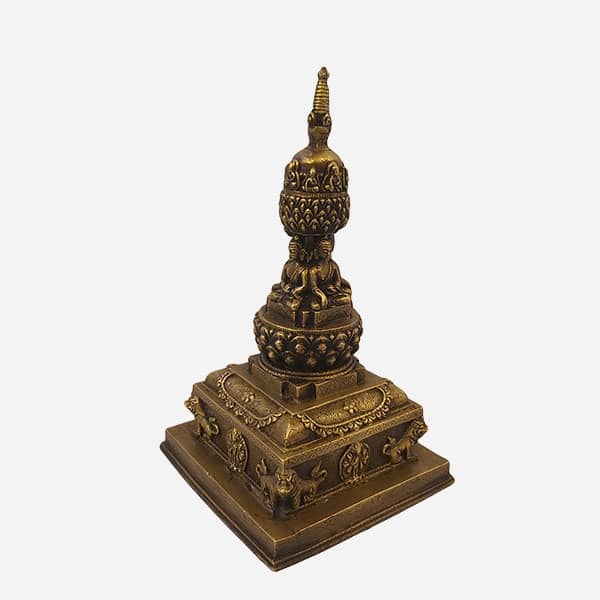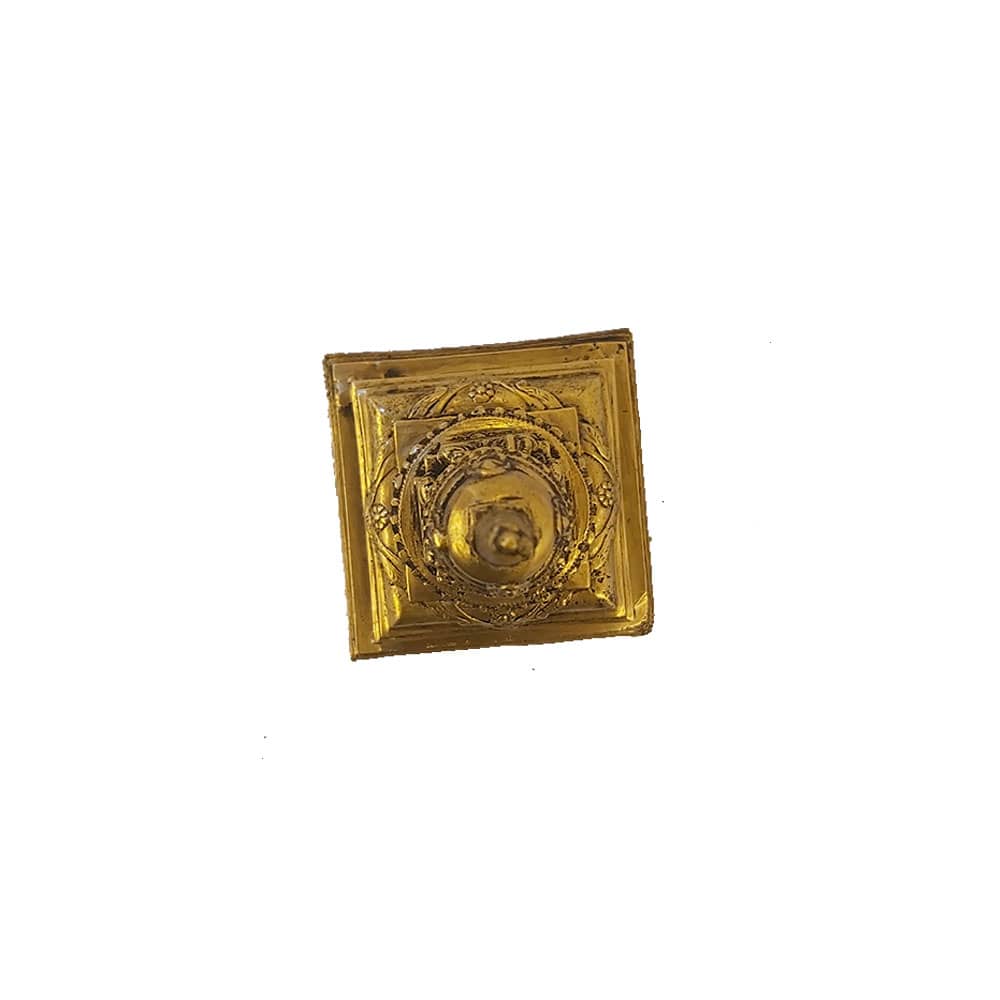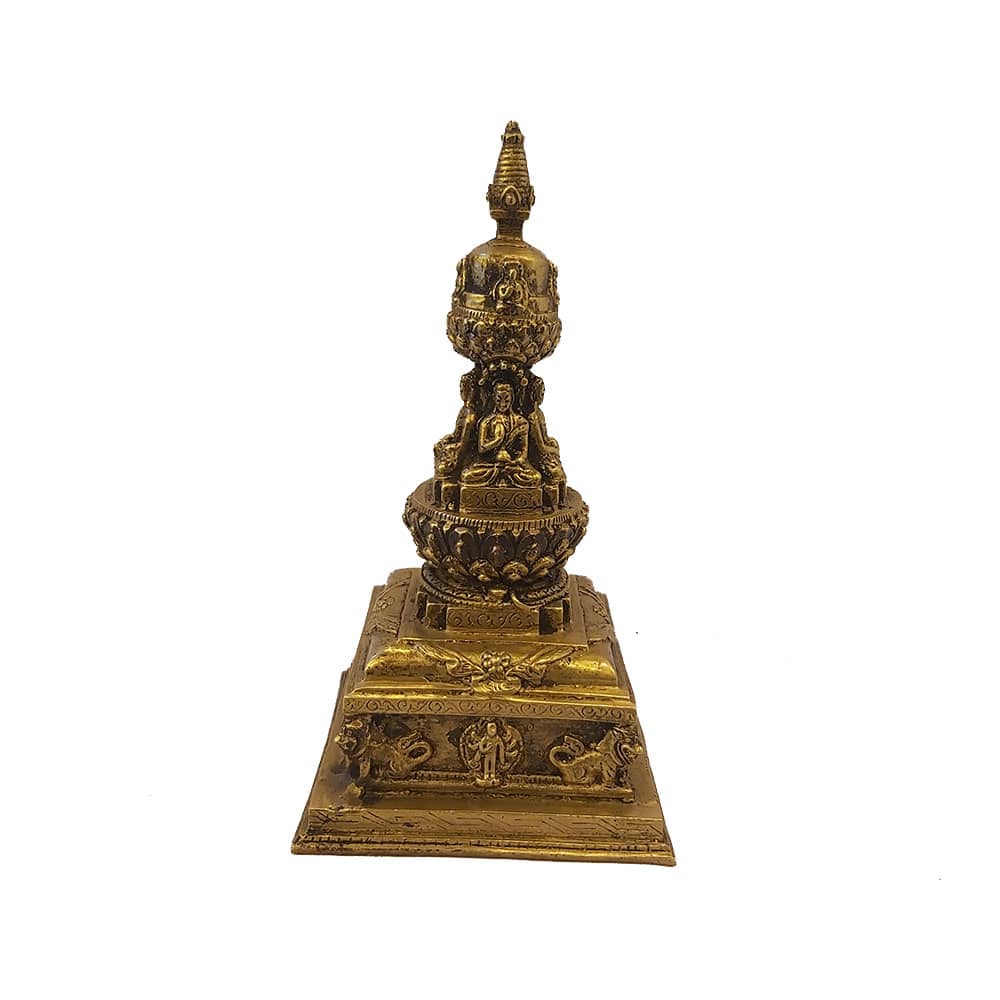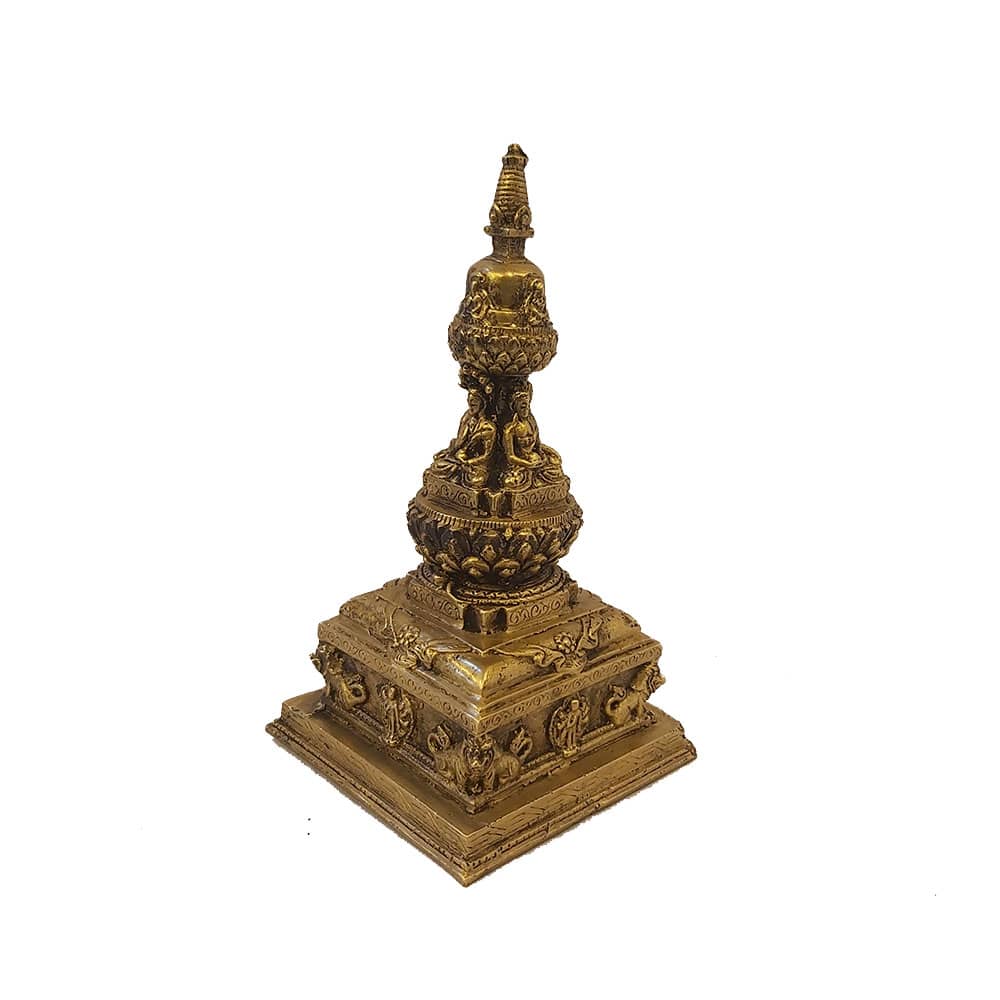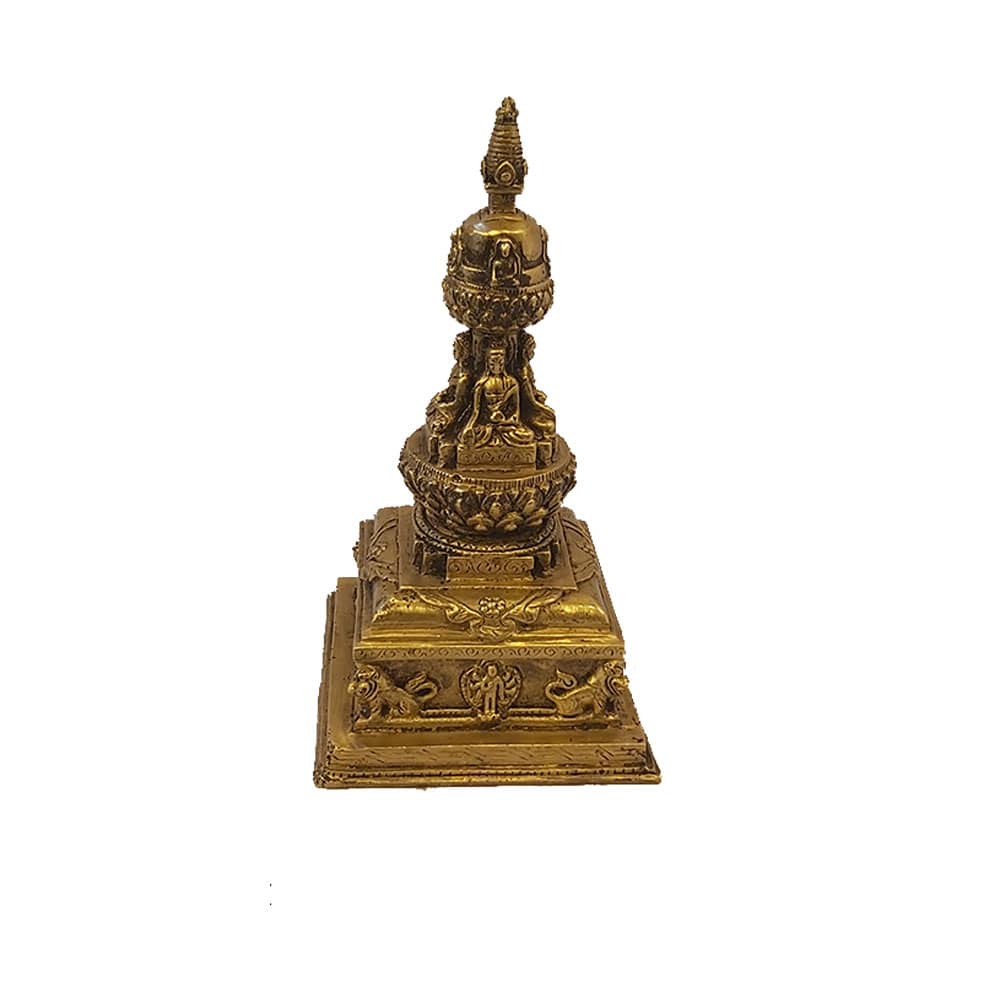Temple and Stupa
Description
The stupa itself is a symbol of the Buddha and more accurately of his enlightened mind and presence. The mound itself is said to represent the form of the seated Buddha, meditating and striving towards enlightenment. The hemispherical form of the stupa appears to have derived from pre-Buddhist burial mounds across the world.
Additional information
| Weight | 1.5 kg |
|---|

